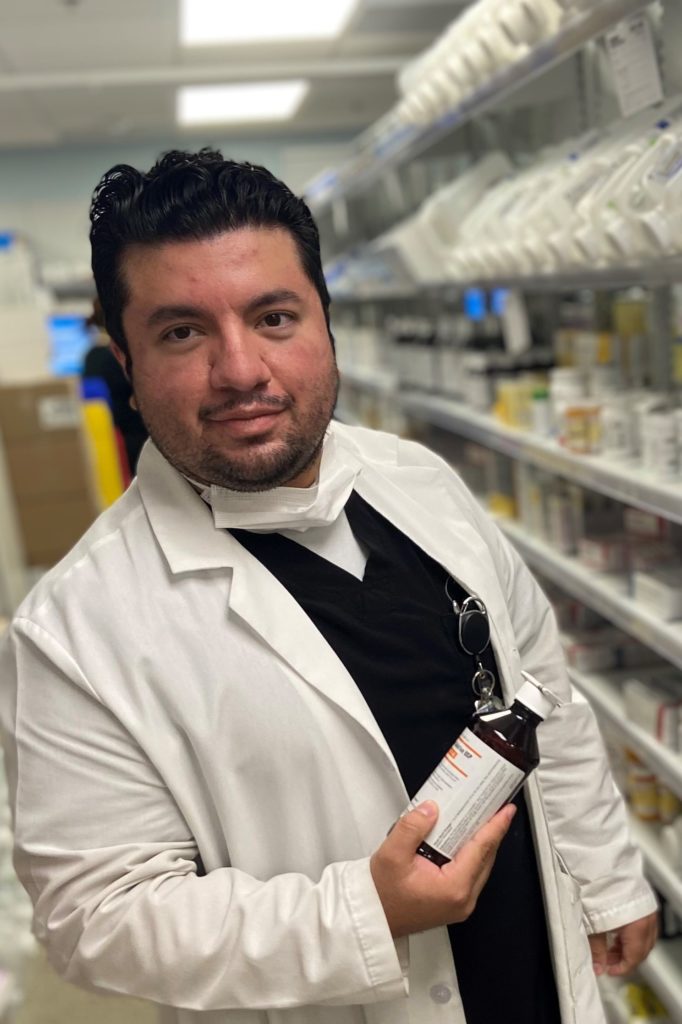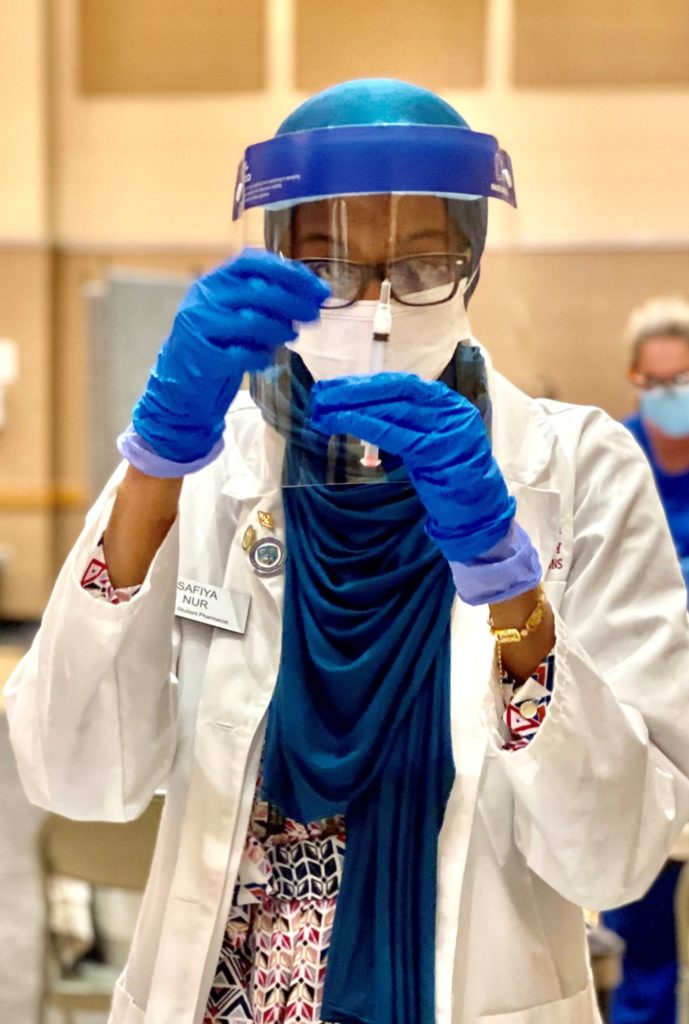The 2000 Report to the U.S. Congress on Pharmacist Workforce, a study of the supply and demand for pharmacists, indicates there is a shortage of pharmacists. According to the report, the reasons for the shortage include: increased use of prescription medications, expansion of pharmacy practice, role and opportunities, market growth and competition in community pharmacy practice, and changes in the pharmacist workforce. The shortage in pharmacists has a negative impact on the profession and public. Those who are most affected are the underserved, elderly, residents of rural communities, and persons dependent of publicly supported services such as Veterans. Several factors contribute to the challenges of maintaining an adequate supply of pharmacists in rural areas, such as the Eastern Shore. These include remoteness, isolation from other professionals, lower economic returns, reduced opportunities for advancement, and proximity to pharmacy schools, availability of rural training, and economic status of rural communities.
There is also a need for more minority pharmacists. The importance of increasing racial and ethnic diversity in pharmacy schools was explored in a 2008 article published in the American Journal of Pharmaceutical Education (Hayes, B. Increasing the Representation of Underrepresented Minority Groups in US Colleges and Schools of Pharmacy. Am J Pharm Educ. 2008 February 15; 72(1): 14. The article noted that the number of Blacks, Hispanics and Native Americans in colleges and schools of pharmacy is considerably lower than their representation in the general population. Blacks, Hispanics, and Native Americans made up 28% of the US population (Black, 12.4%; Hispanic or Latino 14. 8%, and Native American, 0.8%) in 2006, yet these underrepresented minority groups accounted for only 12% of the total number of doctor of pharmacy (PharmD) degrees conferred as first professional degrees (Black, 7.4%; Hispanic, 4.2% and Native American, 0.4%). Increasing racial and ethnic diversity in health care professionals has many benefits including: improved access to care for racial and ethnic patients; better patient-provider communication; greater patient choice and satisfaction; and improved educational experiences for health professions students.





